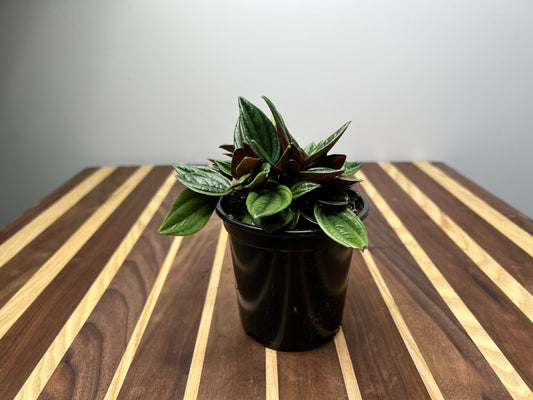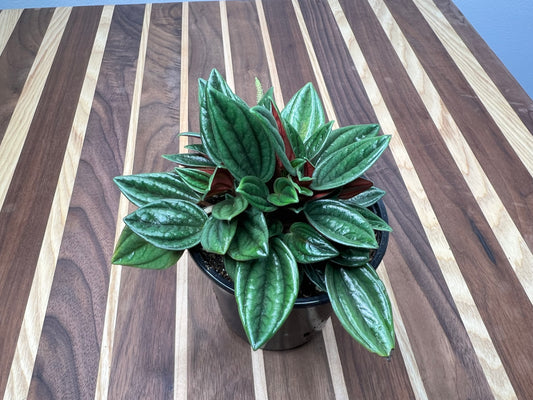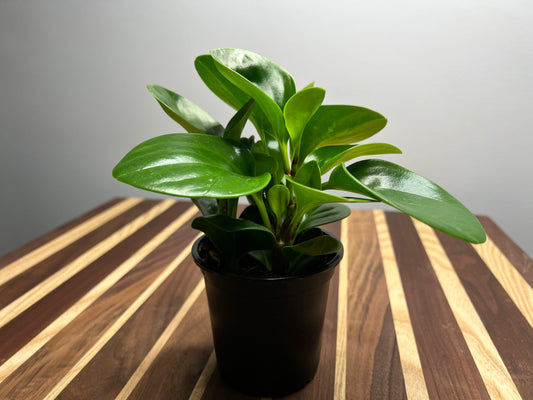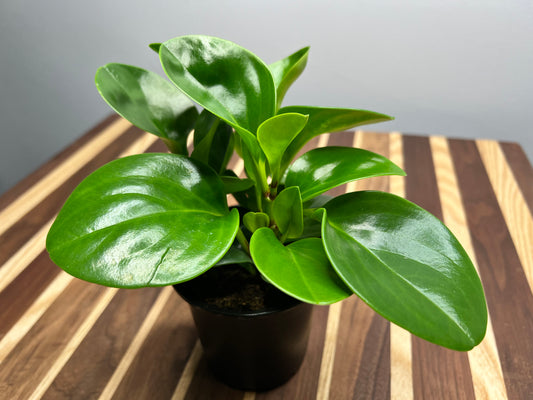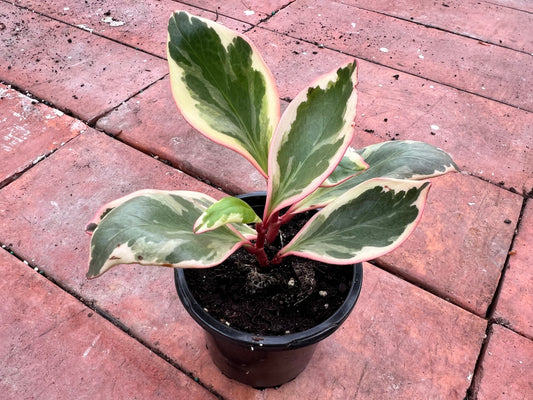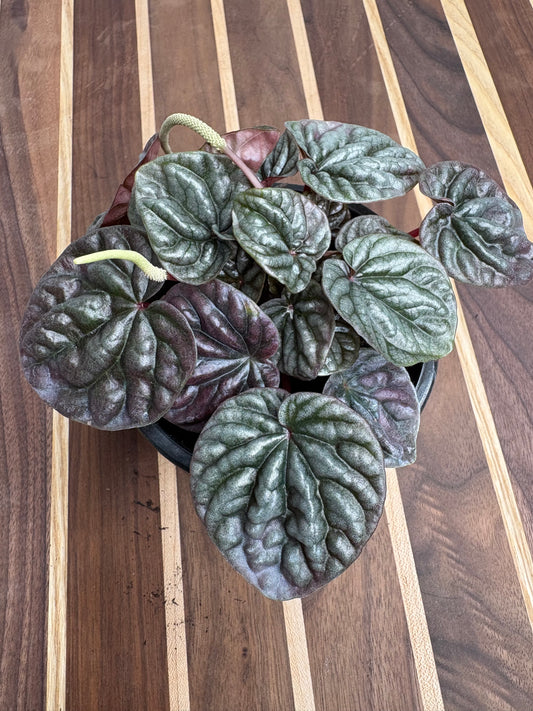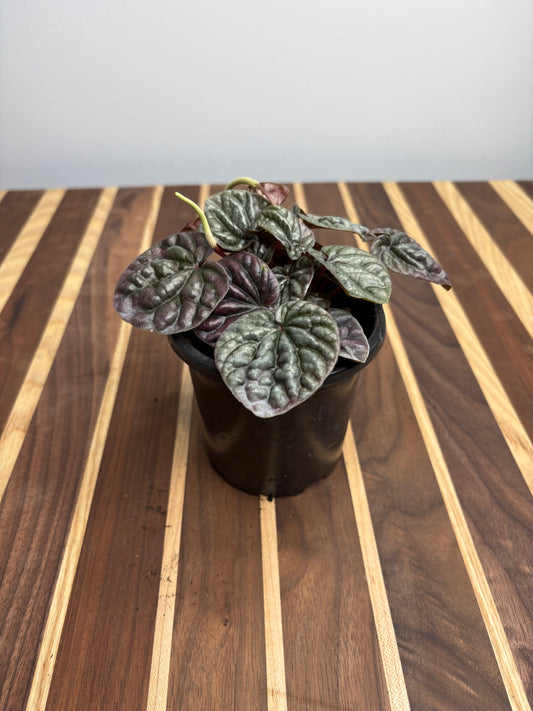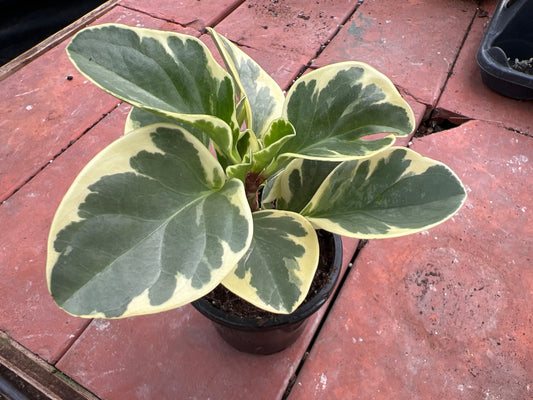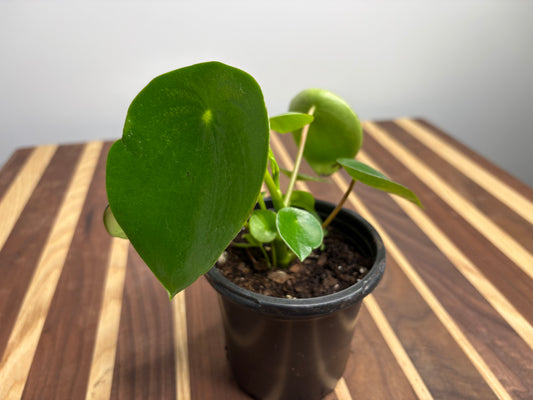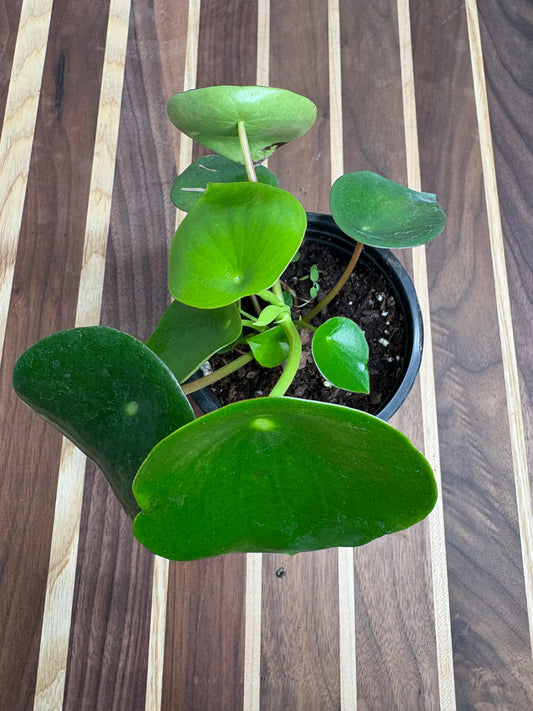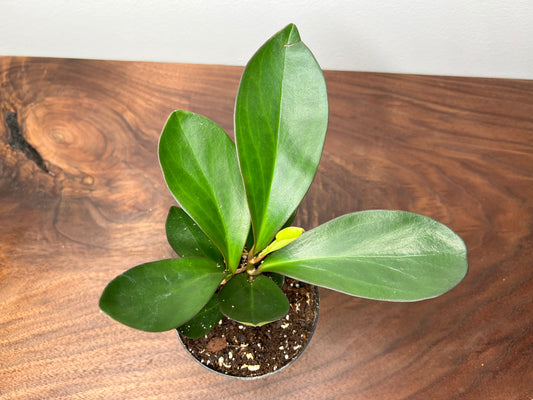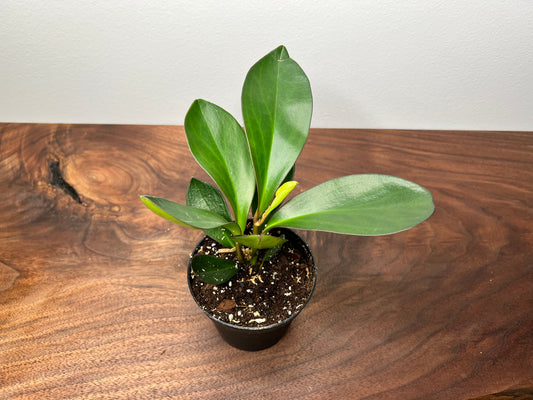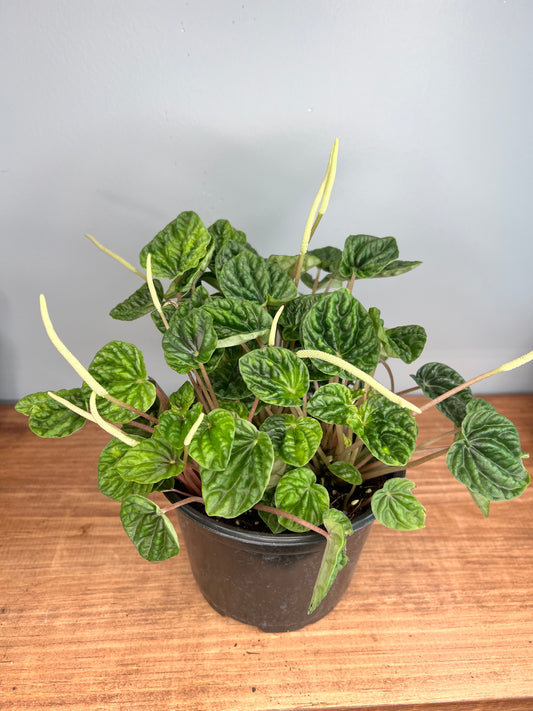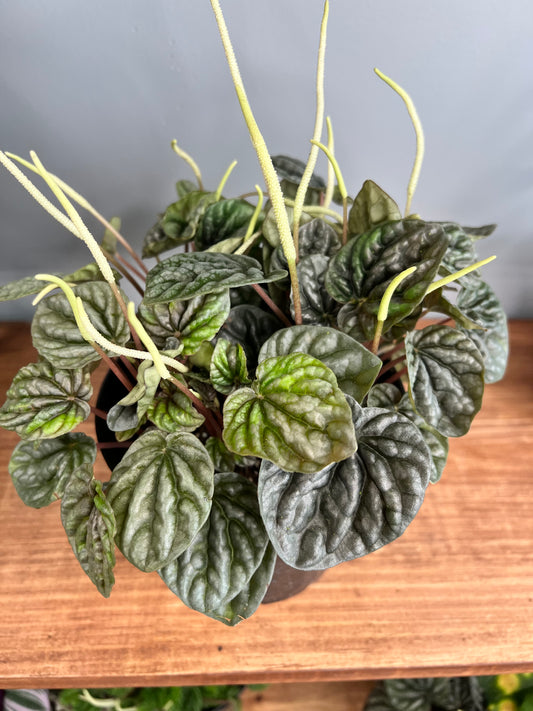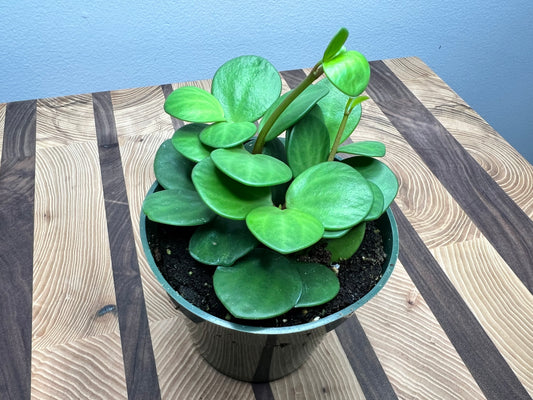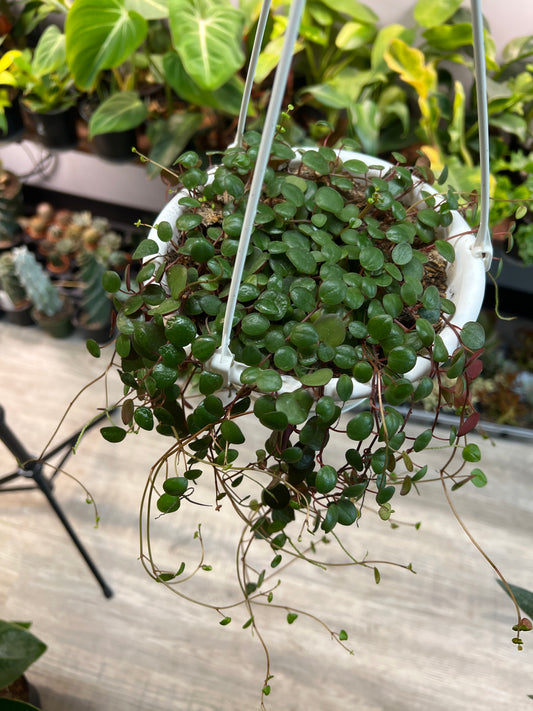Collection: Peperomia

-
Peperomia- Piccolo Banda
Vendor:The Rooted Plant Shop5.0 / 5.0
(7) 7 total reviews
Regular price $16.00 USDRegular priceUnit price / per -
Peperomia Rosso
Vendor:The Rooted Plant Shop5.0 / 5.0
(3) 3 total reviews
Regular price $16.00 USDRegular priceUnit price / per -
Peperomia- Spoonleaf
Vendor:The Rooted Plant Shop5.0 / 5.0
(2) 2 total reviews
Regular price $16.00 USDRegular priceUnit price / per -
Peperomia- Ginny (Rainbow)
Vendor:The Rooted Plant Shop2.0 / 5.0
(1) 1 total reviews
Regular price $16.00 USDRegular priceUnit price / per -
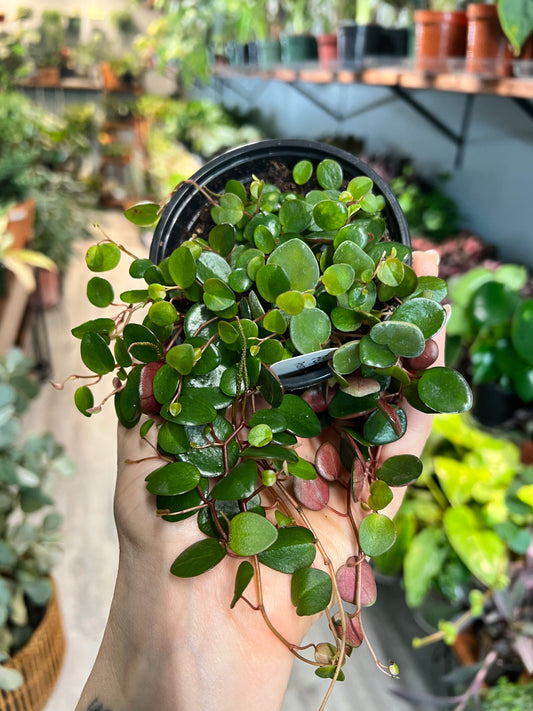 Sold out
Sold outPeperomia- pepperspot
Vendor:The Rooted Plant ShopRegular price $15.00 USDRegular priceUnit price / per -
Peperomia Red Ripples 4”
Vendor:The Rooted Plant Shop5.0 / 5.0
(1) 1 total reviews
Regular price $16.00 USDRegular priceUnit price / per -
Peperomia Obtusifolia Marble
Vendor:The Rooted Plant ShopRegular price $16.00 USDRegular priceUnit price / per -
Peperomia Raindrop
Vendor:The Rooted Plant Shop5.0 / 5.0
(1) 1 total reviews
Regular price $16.00 USDRegular priceUnit price / per -
Peperomia Red Edge
Vendor:The Rooted Plant ShopRegular price $16.00 USDRegular priceUnit price / per -
Peperomia Rippes 6”
Vendor:The Rooted Plant ShopRegular price $35.00 USDRegular priceUnit price / per -
Peperomia-Hope
Vendor:The Rooted Plant ShopRegular price $18.00 USDRegular priceUnit price / per -
Peperomia- pepperspot Basket 6”
Vendor:The Rooted Plant ShopRegular price $25.00 USDRegular priceUnit price / per



